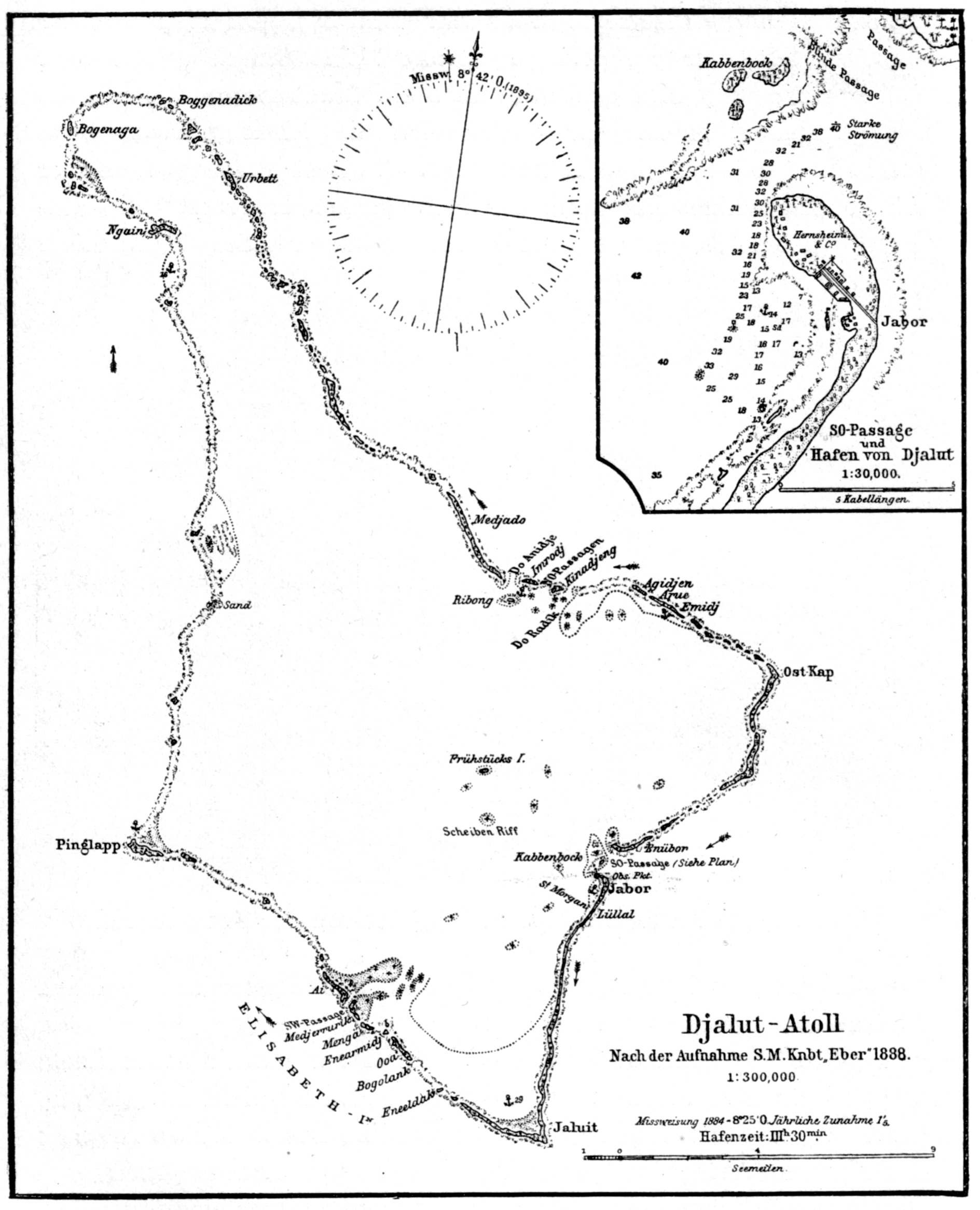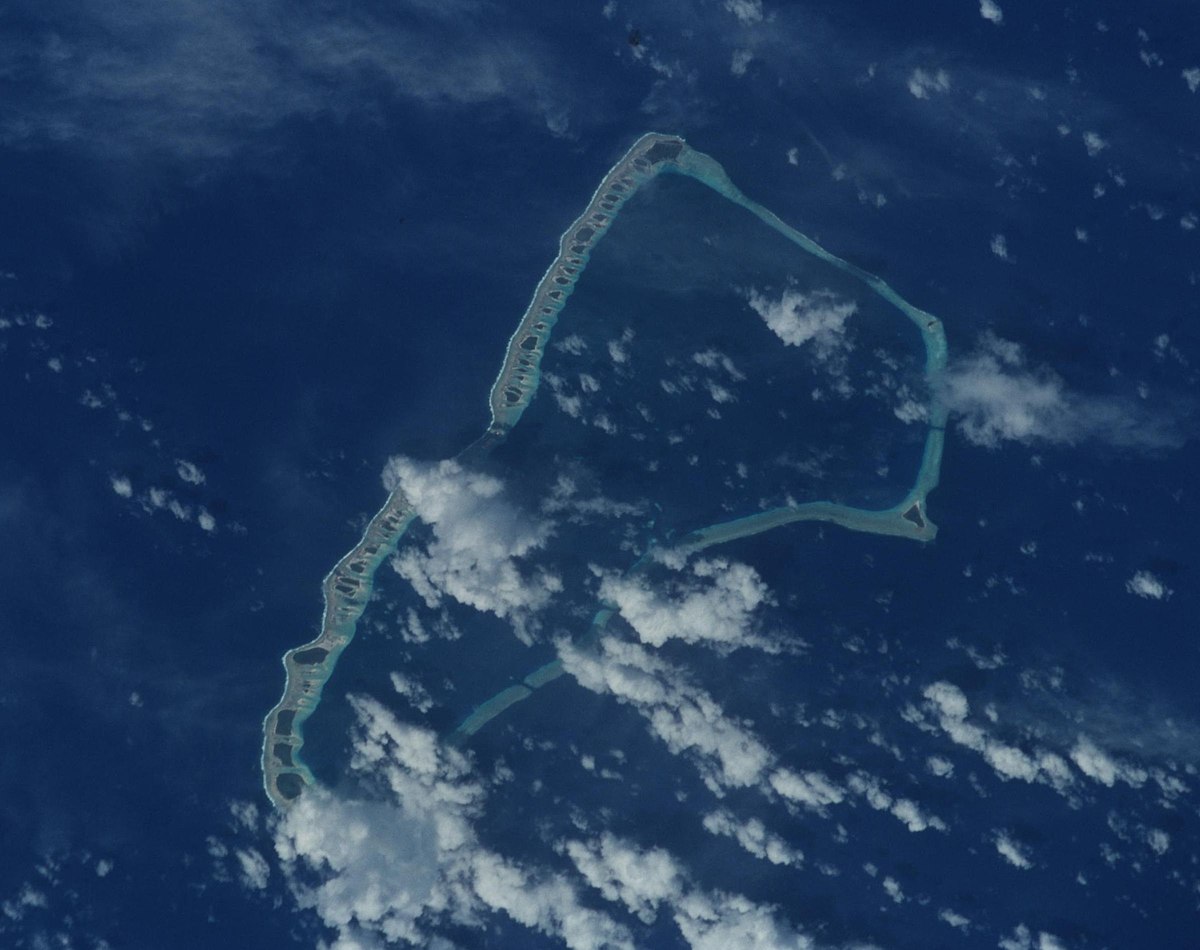Naval Intelligence
October 20, 1941. Naval Intelligence Office, 15th Naval District Headquarters, Balboa, Panama Canal Zone.
“Look at this, will ya?” Lieutenant Commander Dale Cooper called out to his South American analyst, Lieutenant Geraldo Reyes. “Japanese Navy Announces Diplomatic Visit to City. Argentina Interested in Purchasing Japanese Flying Boats For Navy.” He had a copy of the Buenos Aires newspaper La Nación spread on his cluttered desk, and with each line he read the note of disbelief in his voice increased.
Reyes rolled his swivel chair over to Cooper’s desk, wheels squeaking all the way, and squeezed in beside his superior. The two men switched between Spanish and English as they read and then commented on the article. “The Imperial Japanese Navy seaplane tender Chitose will be making a good-will stop, showing the rising sun flag here in Buenos Aires. She is bringing with her three long-range Kawanishi H6K marine patrol aircraft of the latest type. After a public viewing the aircraft will fly south to the Armada de la Rupública base at Puerto Belgrano for evaluation. The government and navy have expressed a desire to be able to better demonstrate security and sovereignty over the coast in light of the European war, especially since the Graf Spee incident of two years ago and the recent actions of German U-boats in nearby waters. The Chitose is said to be making diplomatic stops at other ports of call along her way. Japanese Ambassador Akira Tomii pronounced that ‘The Empire of Japan and The Greater East Asia Co-Prosperity Sphere extend a hand of peace and brotherhood to all nations on the Pacific Rim, and beyond.”
Cooper smacked his hand down on the page in exasperation. “What the hell is this?” he demanded, rhetorically.
“It’s bullshit,” said Reyes.
“Damn straight,” agreed Cooper. “Where do I even start? Argentina is in line for Lend-Lease equipment. They want PBYs. Why even…”
“Those negotiations are tense,” interjected Reyes. “The Argentine government is concerned that US equipment is tied to political concessions to Washington. They don’t like that. The Argentine population won’t stand for it. It sounds like Yanqui Imperialismo. This might be a bargaining strategy. ‘We don’t need your planes with strings attached. We can get them from our other friends.”
“Hmmm,” Cooper considered the idea. “Maybe. It won’t be a bargaining strategy to drive the price down though. Argentina won’t get equipment cheaper than a Lend-Lease deal.”
“Well,” Reyes replied slowly, “Argentina did sign a reciprocal trade deal with Japan in March of last year. They agreed to buy, what was it now, something like 30 million yen from each other. So, in a sense, they could trade the aircraft for wheat, or a lot of corned beef. Not really free, but you could frame it as getting them for free.”
Cooper tapped his pencil on the desk. “OK, let’s say for a minute that is what Argentina gets from this. What does Japan get?”
“Influence?” tried Reyes. “Poking Uncle Sam in the eye? There is a lot of support for Germany in Argentina. Japan is an ally of Germany, sort of. It does serve their propaganda. If not to bring Argentina on side, then maybe help keep them neutral.”
“I don’t like it at all,” said Cooper. “Not at all.” He paused. “It just doesn’t add up. Like, if you want to show off long range flying boats, why bring them over on the deck of a ship?” He laughed. “Guys, c’mon. We don’t know the exact specs on these… what are they called?”
“Navy reporting name is Mavis,” said Reyes.
“Right, Mavis. We know they can fly from Kure to Truk unrefueled. That is 2100 nautical miles.”
“With ferry tanks?” asked Reyes.
“Dunno,” said Cooper. “Maybe not even.”
“Still not far enough to get all the way across the Pacific. Who would let them refuel? French Polynesia is with DeGaulle.”
“They could refuel from a submarine,” said Cooper. “or a Japanese freighter at some uninhabited atoll. Or the Galapagos. It would make a much better demonstration of the aircraft. Chitose is sure as hell not going through the Canal. Is there more on this?” He looked down at the newspaper again. “La Nación says Chitose is stopping at other ports of call. We need to get the itinerary.”
Cooper and Reyes spent the afternoon reading the South American papers, while the rain fell on the wide tile overhang of their headquarters building. It was the rainy season. They delegated their entire section to join them in scanning the Latin American press. From desks across the room, voices periodically called out.
“Montevideo! His Imperial Majesty’s Ship Chitose will visit our capital January 16th on a mission of peace and friendship.”
“Sao Paulo! The Brazilian navy is happy to host a visiting ship from the navy of Japan, open for public viewing on January 29th and 30th, 1942.”
“Valparaiso. The Japanese naval vessel Chitose will be open for public viewing of her state-of-the-art naval technology, including three of the newest long range seaplanes, the Kawanishi H6K. The ship will be able to be seen by Altamirano boulevard, alongside our navy decorated for the Christmas holidays.”
“Valparaiso,” said Cooper, and he looked at the big map of the hemisphere hanging on the office wall. “2500 nautical miles from here. Chitose will have to violate the 300 mile Neutrality Zone if she wants to go to Chile.”
“Well, she will have to do that to go to Argentina as well,” pointed out Reyes. “Other than China, Japan is not technically at war with anyone, and is therefore a Neutral too. Technically.”
“Not at war yet,” said Cooper. “At least, last thing I heard. 2500 Miles from here to Valparaiso. Is that in range of those flying boats?”
“Maybe one way,” said Reyes. The men stopped and thought.
“And why go to Chile?” asked Cooper, now on another track.
“Simple answer?” said Reyes. “They have to refuel somewhere. It is 8000 nautical miles from Truk to Valparaiso. That ship can’t reach Buenos Aires in one leg. Not unless they bring their own tanker along. You want a more complicated answer? How about playing both sides against the middle? Testing America’s resolve? Rattling our cage? More of their propaganda game.”
“Chile and Argentina are not exactly friends right now,” said Cooper. “Or ever, for that matter. Could Chile refuse to let Chitose into port?”
“They could,” said Reyes. “But I don’t think they will. Chile and Argentina are rivals, but they have been on much worse terms than they are now. They have a lot of common cause right now, actually. Both making a fortune off the war economy. Both are riddled with German and Japanese agents, and openly hostile to the US. And this visit is announced, so presumably it has already been agreed to by the Chilean government. I could make some calls.”
“I don’t like it,” said Cooper again. “We have cruisers on Neutrality Patrol right?”
“USS Richmond is off Peru.” said Reyes “USS Trenton, I’d have to look up, but she is in the neighborhood. They could intercept and shadow Chitose as she approaches Chile. The Neutrality Zone extends 300 miles west of the Juan Fernandez Islands, so 800 miles off the coast.”
“Yeah,” said Cooper. “This needs to be passed up the chain of command. We need to keep an eye on this. I’m drafting a report to Washington and CINCPAC.”
Periodically the Office of Naval Intelligence received updates on Chitose’s position.
November 16
A US Navy PBY-3 of VP-21 operating from Johnston Atoll was at the extreme end of its patrol pattern when it spotted Chitose 150 nautical miles north of Howland Island, in the British Phoenix Island Group. The carrier was observed to have three Mavis flying boats on its after deck.
November 18
The Norwegian America Line freighter Kristianiafjord, 15 days out from Brisbane on her way to San Francisco with a load of wool, frozen lamb, and general cargo, spotted Chitose headed east. Kristianiafjord reported to her head office that the Japanese ship looked to have a number of large sea planes on deck. This information was passed on to the ONI through channels.
November 19
The British flagged Pacific Steam Navigation Company freight liner Losada, headed from Honolulu to Suva carrying farm machinery, Portland cement, and passengers spotted Chitose just at sunset, and recognized her by her distinctive silhouette.
November 20
The American Matson Line freighter Mahimahi headed to Honolulu from Pago Pago carrying copra, rubber, and cocoa beans, saw Chitose just west of Jarvis Island, in the British Gilbert Islands. Her captain remarked on the appearance of three flying boats on her after deck, emblazoned with Japanese military rondels.
November 21
CINCPAC had ordered the Portland class heavy cruiser USS Indianapolis to leave from Pearl Harbour, locate Chitose, and shadow her. Indianapolis followed the position reports from the Navy PBY and civilian merchants, and on Nov 21 an SOC-1 Seagull float plane from Indianapolis spotted Chitose 400 nautical miles east of Jarvis Island, and 900 nautical miles north west of the Marquesas. The US Navy cruiser sighted Chitose at dawn the next morning. Indianapolis shadowed Chitose for two days, until she received new orders.
“That’s funny,” commented Reyes. “Why would Indianapolis go to all the trouble of finding a needle in a haystack, and then traipse off somewhere else?”
“I think CINCPAC and the Department of the Navy are working at cross purposes," replied Cooper. "President Roosevelt issued a presidential order that no aggressive action be taken against Japanese forces. If we do get in a war, he wants Japan to fire the first shot. Apparently, The Japanese legation complained that the US Navy was interfering with Chitose’s peaceful commercial venture.”
“Complained?” replied Reyes, in disbelief.
November 23
Indianapolis left and turned back northwest to meet with the destroyer minesweepers of MineDiv 5 and 6. Together they formed Task Force 3, and on and around December 7 conducted a shore bombardment and amphibious landing exercise at Johnson Atoll, testing the new Higgins boat landing craft.

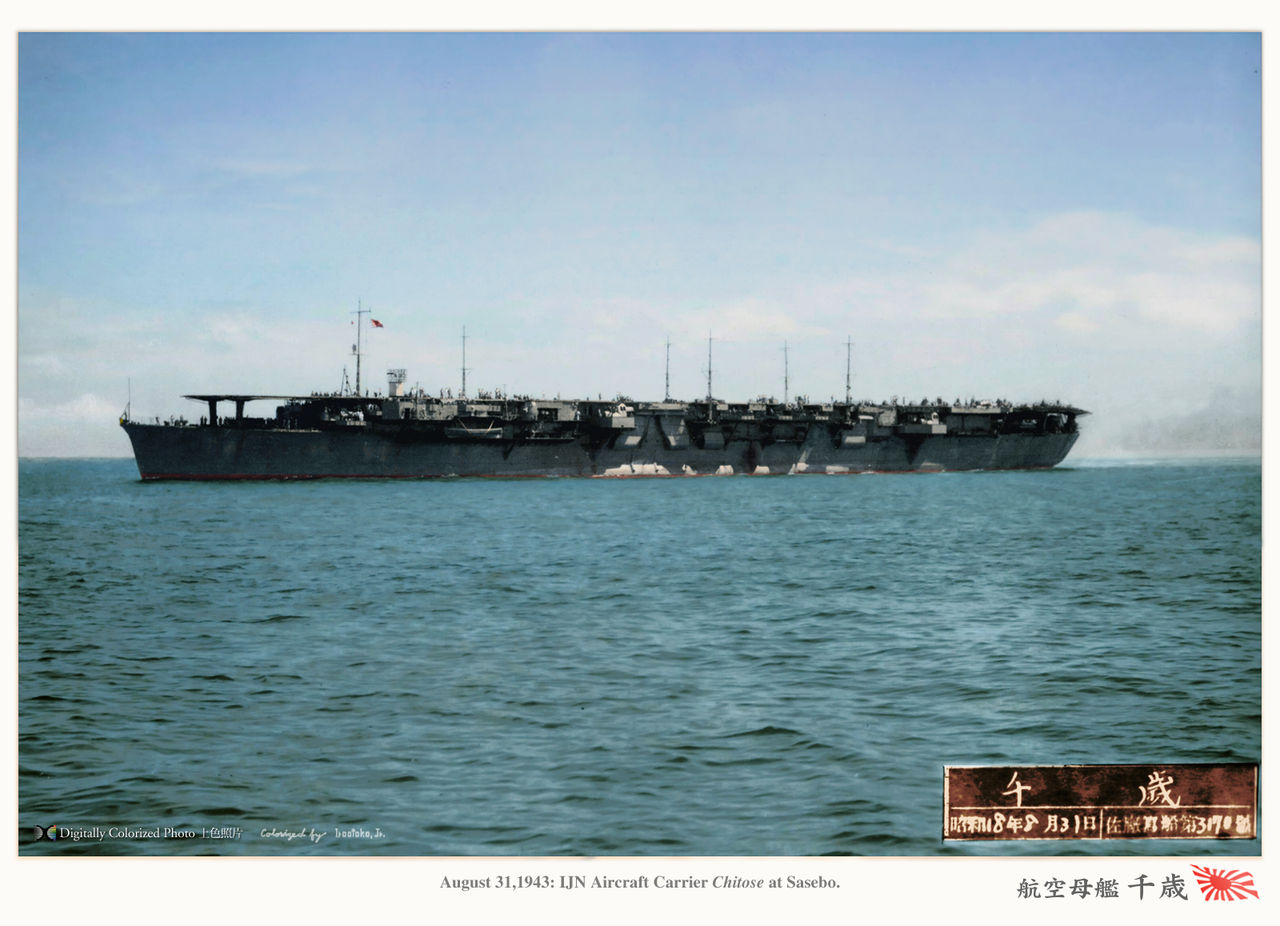
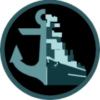 naval-encyclopedia.com
naval-encyclopedia.com
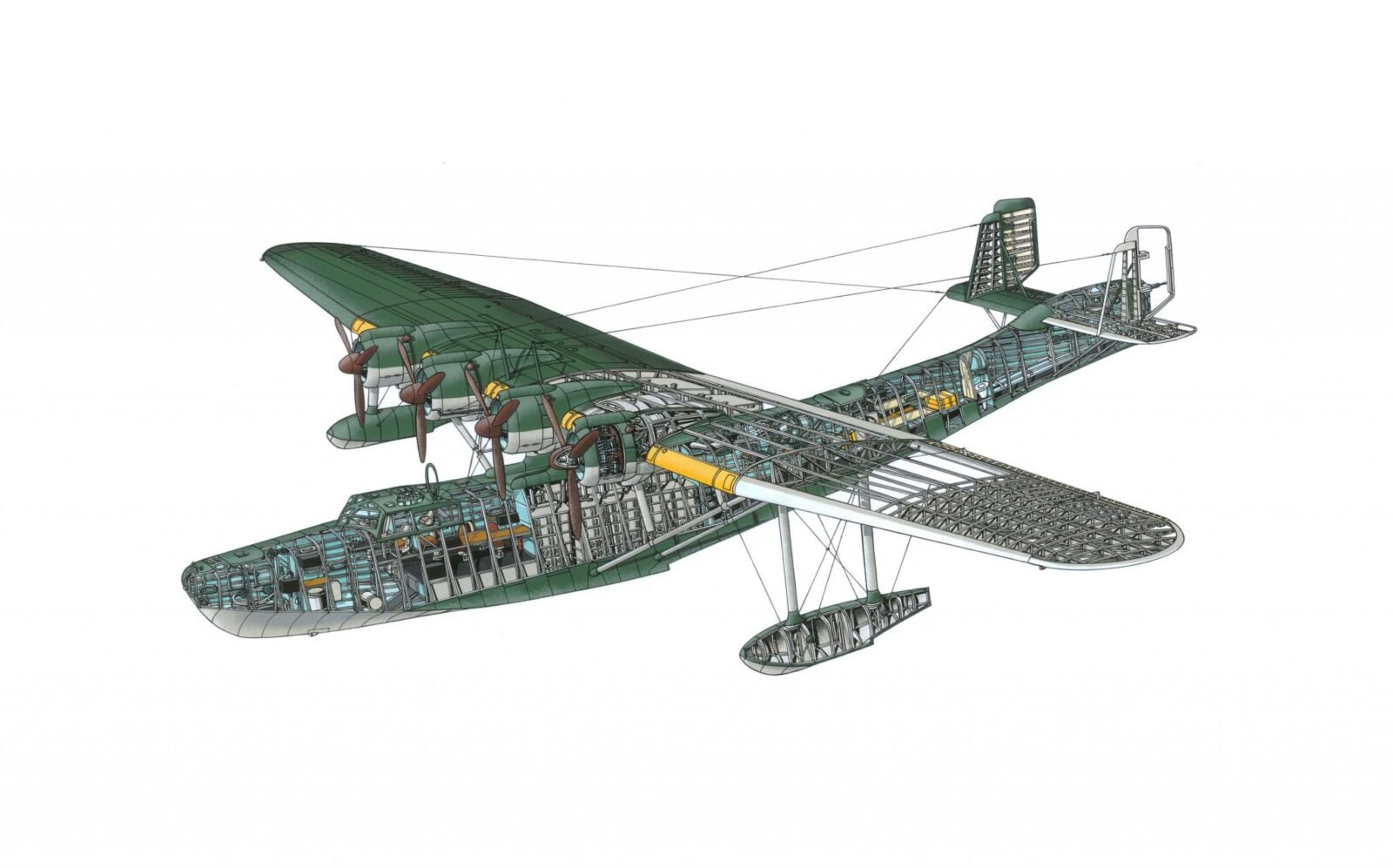
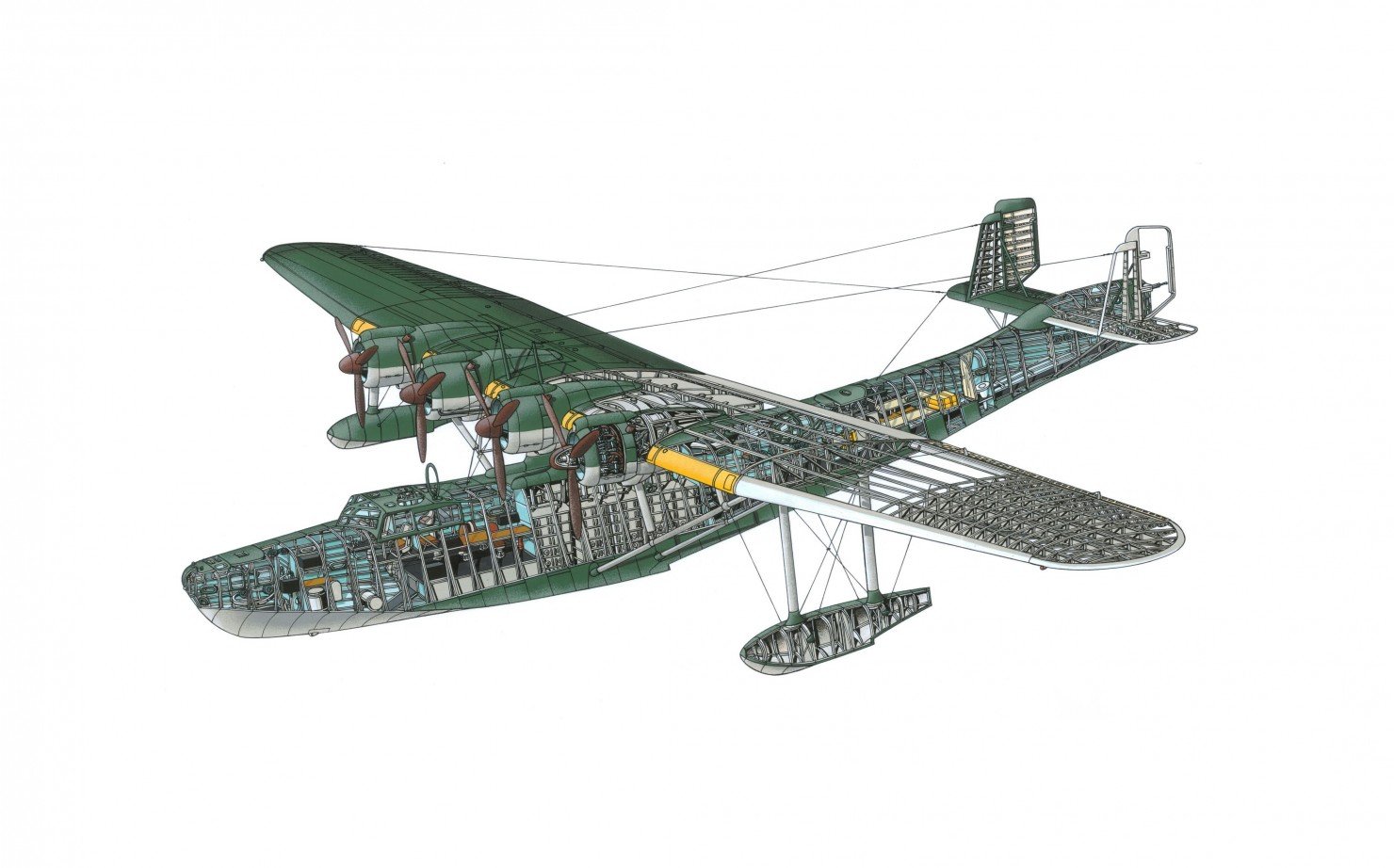
 silodrome.com
silodrome.com

 en.wikipedia.org
en.wikipedia.org
“Look at this, will ya?” Lieutenant Commander Dale Cooper called out to his South American analyst, Lieutenant Geraldo Reyes. “Japanese Navy Announces Diplomatic Visit to City. Argentina Interested in Purchasing Japanese Flying Boats For Navy.” He had a copy of the Buenos Aires newspaper La Nación spread on his cluttered desk, and with each line he read the note of disbelief in his voice increased.
Reyes rolled his swivel chair over to Cooper’s desk, wheels squeaking all the way, and squeezed in beside his superior. The two men switched between Spanish and English as they read and then commented on the article. “The Imperial Japanese Navy seaplane tender Chitose will be making a good-will stop, showing the rising sun flag here in Buenos Aires. She is bringing with her three long-range Kawanishi H6K marine patrol aircraft of the latest type. After a public viewing the aircraft will fly south to the Armada de la Rupública base at Puerto Belgrano for evaluation. The government and navy have expressed a desire to be able to better demonstrate security and sovereignty over the coast in light of the European war, especially since the Graf Spee incident of two years ago and the recent actions of German U-boats in nearby waters. The Chitose is said to be making diplomatic stops at other ports of call along her way. Japanese Ambassador Akira Tomii pronounced that ‘The Empire of Japan and The Greater East Asia Co-Prosperity Sphere extend a hand of peace and brotherhood to all nations on the Pacific Rim, and beyond.”
Cooper smacked his hand down on the page in exasperation. “What the hell is this?” he demanded, rhetorically.
“It’s bullshit,” said Reyes.
“Damn straight,” agreed Cooper. “Where do I even start? Argentina is in line for Lend-Lease equipment. They want PBYs. Why even…”
“Those negotiations are tense,” interjected Reyes. “The Argentine government is concerned that US equipment is tied to political concessions to Washington. They don’t like that. The Argentine population won’t stand for it. It sounds like Yanqui Imperialismo. This might be a bargaining strategy. ‘We don’t need your planes with strings attached. We can get them from our other friends.”
“Hmmm,” Cooper considered the idea. “Maybe. It won’t be a bargaining strategy to drive the price down though. Argentina won’t get equipment cheaper than a Lend-Lease deal.”
“Well,” Reyes replied slowly, “Argentina did sign a reciprocal trade deal with Japan in March of last year. They agreed to buy, what was it now, something like 30 million yen from each other. So, in a sense, they could trade the aircraft for wheat, or a lot of corned beef. Not really free, but you could frame it as getting them for free.”
Cooper tapped his pencil on the desk. “OK, let’s say for a minute that is what Argentina gets from this. What does Japan get?”
“Influence?” tried Reyes. “Poking Uncle Sam in the eye? There is a lot of support for Germany in Argentina. Japan is an ally of Germany, sort of. It does serve their propaganda. If not to bring Argentina on side, then maybe help keep them neutral.”
“I don’t like it at all,” said Cooper. “Not at all.” He paused. “It just doesn’t add up. Like, if you want to show off long range flying boats, why bring them over on the deck of a ship?” He laughed. “Guys, c’mon. We don’t know the exact specs on these… what are they called?”
“Navy reporting name is Mavis,” said Reyes.
“Right, Mavis. We know they can fly from Kure to Truk unrefueled. That is 2100 nautical miles.”
“With ferry tanks?” asked Reyes.
“Dunno,” said Cooper. “Maybe not even.”
“Still not far enough to get all the way across the Pacific. Who would let them refuel? French Polynesia is with DeGaulle.”
“They could refuel from a submarine,” said Cooper. “or a Japanese freighter at some uninhabited atoll. Or the Galapagos. It would make a much better demonstration of the aircraft. Chitose is sure as hell not going through the Canal. Is there more on this?” He looked down at the newspaper again. “La Nación says Chitose is stopping at other ports of call. We need to get the itinerary.”
Cooper and Reyes spent the afternoon reading the South American papers, while the rain fell on the wide tile overhang of their headquarters building. It was the rainy season. They delegated their entire section to join them in scanning the Latin American press. From desks across the room, voices periodically called out.
“Montevideo! His Imperial Majesty’s Ship Chitose will visit our capital January 16th on a mission of peace and friendship.”
“Sao Paulo! The Brazilian navy is happy to host a visiting ship from the navy of Japan, open for public viewing on January 29th and 30th, 1942.”
“Valparaiso. The Japanese naval vessel Chitose will be open for public viewing of her state-of-the-art naval technology, including three of the newest long range seaplanes, the Kawanishi H6K. The ship will be able to be seen by Altamirano boulevard, alongside our navy decorated for the Christmas holidays.”
“Valparaiso,” said Cooper, and he looked at the big map of the hemisphere hanging on the office wall. “2500 nautical miles from here. Chitose will have to violate the 300 mile Neutrality Zone if she wants to go to Chile.”
“Well, she will have to do that to go to Argentina as well,” pointed out Reyes. “Other than China, Japan is not technically at war with anyone, and is therefore a Neutral too. Technically.”
“Not at war yet,” said Cooper. “At least, last thing I heard. 2500 Miles from here to Valparaiso. Is that in range of those flying boats?”
“Maybe one way,” said Reyes. The men stopped and thought.
“And why go to Chile?” asked Cooper, now on another track.
“Simple answer?” said Reyes. “They have to refuel somewhere. It is 8000 nautical miles from Truk to Valparaiso. That ship can’t reach Buenos Aires in one leg. Not unless they bring their own tanker along. You want a more complicated answer? How about playing both sides against the middle? Testing America’s resolve? Rattling our cage? More of their propaganda game.”
“Chile and Argentina are not exactly friends right now,” said Cooper. “Or ever, for that matter. Could Chile refuse to let Chitose into port?”
“They could,” said Reyes. “But I don’t think they will. Chile and Argentina are rivals, but they have been on much worse terms than they are now. They have a lot of common cause right now, actually. Both making a fortune off the war economy. Both are riddled with German and Japanese agents, and openly hostile to the US. And this visit is announced, so presumably it has already been agreed to by the Chilean government. I could make some calls.”
“I don’t like it,” said Cooper again. “We have cruisers on Neutrality Patrol right?”
“USS Richmond is off Peru.” said Reyes “USS Trenton, I’d have to look up, but she is in the neighborhood. They could intercept and shadow Chitose as she approaches Chile. The Neutrality Zone extends 300 miles west of the Juan Fernandez Islands, so 800 miles off the coast.”
“Yeah,” said Cooper. “This needs to be passed up the chain of command. We need to keep an eye on this. I’m drafting a report to Washington and CINCPAC.”
Periodically the Office of Naval Intelligence received updates on Chitose’s position.
November 16
A US Navy PBY-3 of VP-21 operating from Johnston Atoll was at the extreme end of its patrol pattern when it spotted Chitose 150 nautical miles north of Howland Island, in the British Phoenix Island Group. The carrier was observed to have three Mavis flying boats on its after deck.
November 18
The Norwegian America Line freighter Kristianiafjord, 15 days out from Brisbane on her way to San Francisco with a load of wool, frozen lamb, and general cargo, spotted Chitose headed east. Kristianiafjord reported to her head office that the Japanese ship looked to have a number of large sea planes on deck. This information was passed on to the ONI through channels.
November 19
The British flagged Pacific Steam Navigation Company freight liner Losada, headed from Honolulu to Suva carrying farm machinery, Portland cement, and passengers spotted Chitose just at sunset, and recognized her by her distinctive silhouette.
November 20
The American Matson Line freighter Mahimahi headed to Honolulu from Pago Pago carrying copra, rubber, and cocoa beans, saw Chitose just west of Jarvis Island, in the British Gilbert Islands. Her captain remarked on the appearance of three flying boats on her after deck, emblazoned with Japanese military rondels.
November 21
CINCPAC had ordered the Portland class heavy cruiser USS Indianapolis to leave from Pearl Harbour, locate Chitose, and shadow her. Indianapolis followed the position reports from the Navy PBY and civilian merchants, and on Nov 21 an SOC-1 Seagull float plane from Indianapolis spotted Chitose 400 nautical miles east of Jarvis Island, and 900 nautical miles north west of the Marquesas. The US Navy cruiser sighted Chitose at dawn the next morning. Indianapolis shadowed Chitose for two days, until she received new orders.
“That’s funny,” commented Reyes. “Why would Indianapolis go to all the trouble of finding a needle in a haystack, and then traipse off somewhere else?”
“I think CINCPAC and the Department of the Navy are working at cross purposes," replied Cooper. "President Roosevelt issued a presidential order that no aggressive action be taken against Japanese forces. If we do get in a war, he wants Japan to fire the first shot. Apparently, The Japanese legation complained that the US Navy was interfering with Chitose’s peaceful commercial venture.”
“Complained?” replied Reyes, in disbelief.
November 23
Indianapolis left and turned back northwest to meet with the destroyer minesweepers of MineDiv 5 and 6. Together they formed Task Force 3, and on and around December 7 conducted a shore bombardment and amphibious landing exercise at Johnson Atoll, testing the new Higgins boat landing craft.


Chitose class aircraft carriers
The Chitose class were started 1934 and 1936 as "cheats" towards naval treaties, seaplane tenders designed at the start to be quickly converted as light aircraft carriers in wartime. As such, both were so and in service in 1943, sharing the same fate, sunk during the Battle off Cape Engaño on 25...


Desktop Wallpaper: WWII Japanese Flying Boat Kawanishi H6K
The Kawanishi H6K was a flying boat developed by the Japanese in the years leading up to WWII, it was largely based on European flying boats of the era

Kawanishi H6K - Wikipedia
Last edited:
